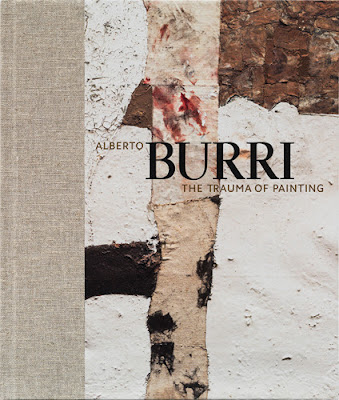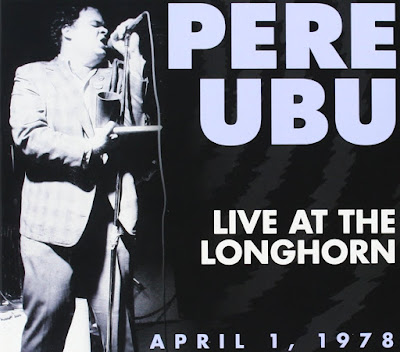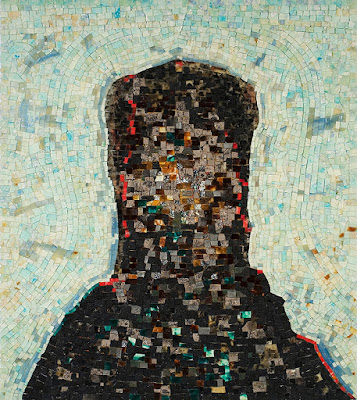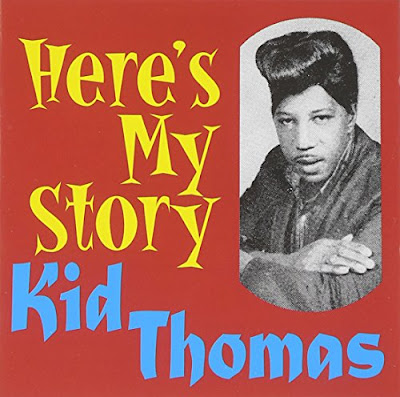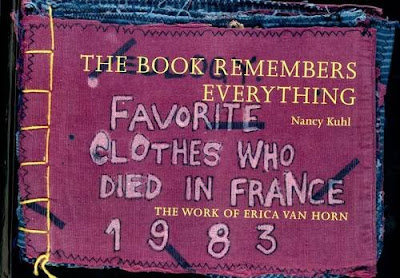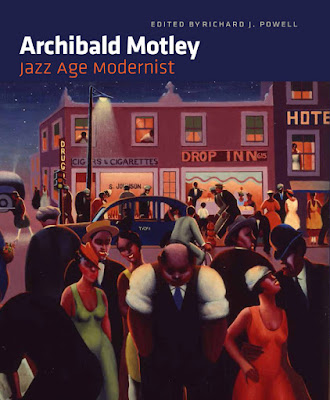
"Rare King Records material from these two postwar blues greats – each of whom get a single side of the record! Sticks McGhee really shines on side one – with that playful, jazzy approach to blues that he used on his late 40s recordings for Atlantic – almost somewhere in the territory of Louis Jordan, especially given Sticks' sense of wit – but served up in more of an R&B mode, with similar styles to Roy Brown's King material of the early 50s. Titles include 'Head Happy With Wine', 'Get Your Mind Out Of The Gutter', 'Jungle Juice', 'Whiskey Women & Loaded Dice', and 'Sad Bad Glad'. John Lee Hooker is in a much rootsier mode on side two – recorded in a rough-edged style that's almost back to the delta, save for the use of electricity on the guitar! The spare setting really unlocks Hooker's power – and titles include 'Nightmare Blues', 'Devil's Jump', 'Thinking Blues', 'Late Last Night', and 'Moaning Blues'."
dusty groove
YouTube: Sticks McGhee - Whiskey, Women and Loaded Dice (1953), Jungle juice, John Lee Hooker - Devil's Jump, John Lee Hooker - Moanin ' Blues
YouTube: Stick McGhee & John Lee Hooker - Highway of Blues (1959)













